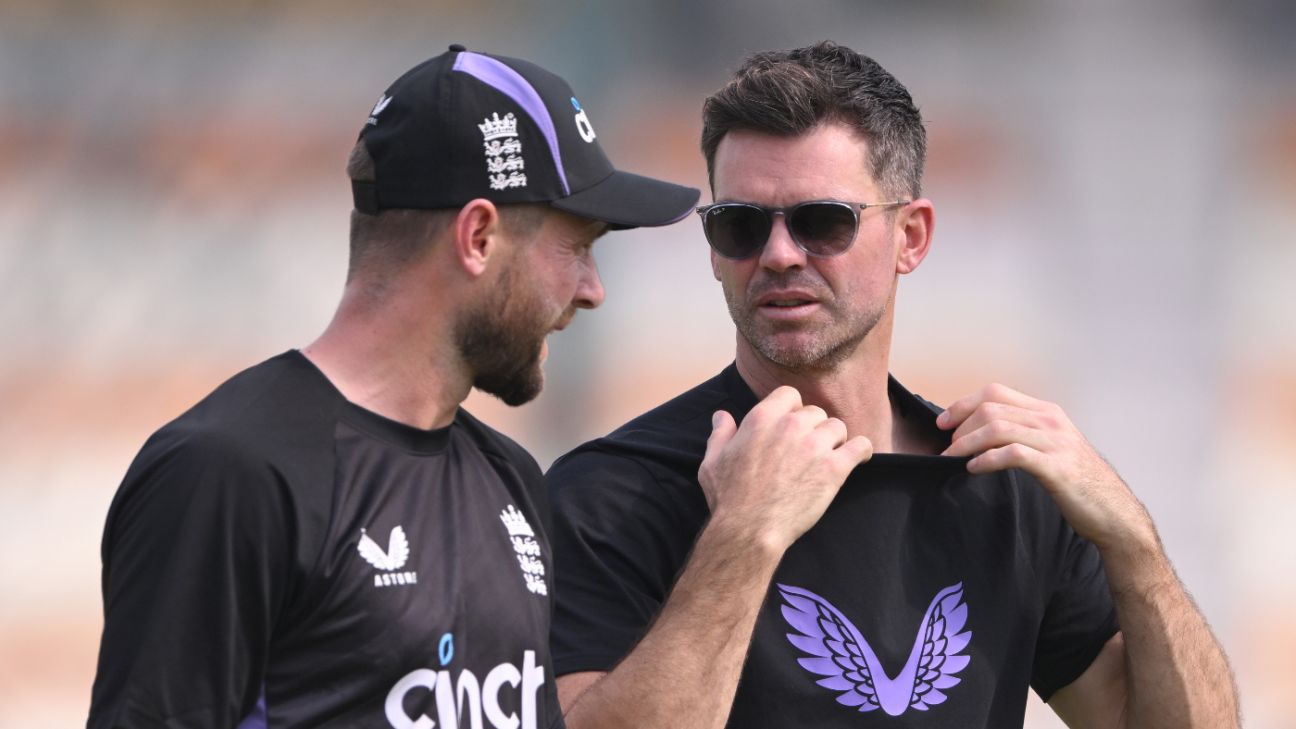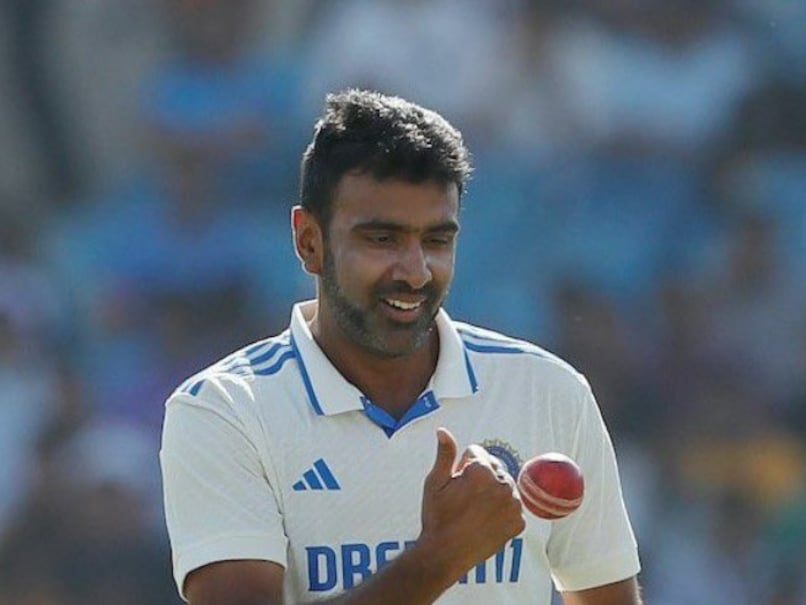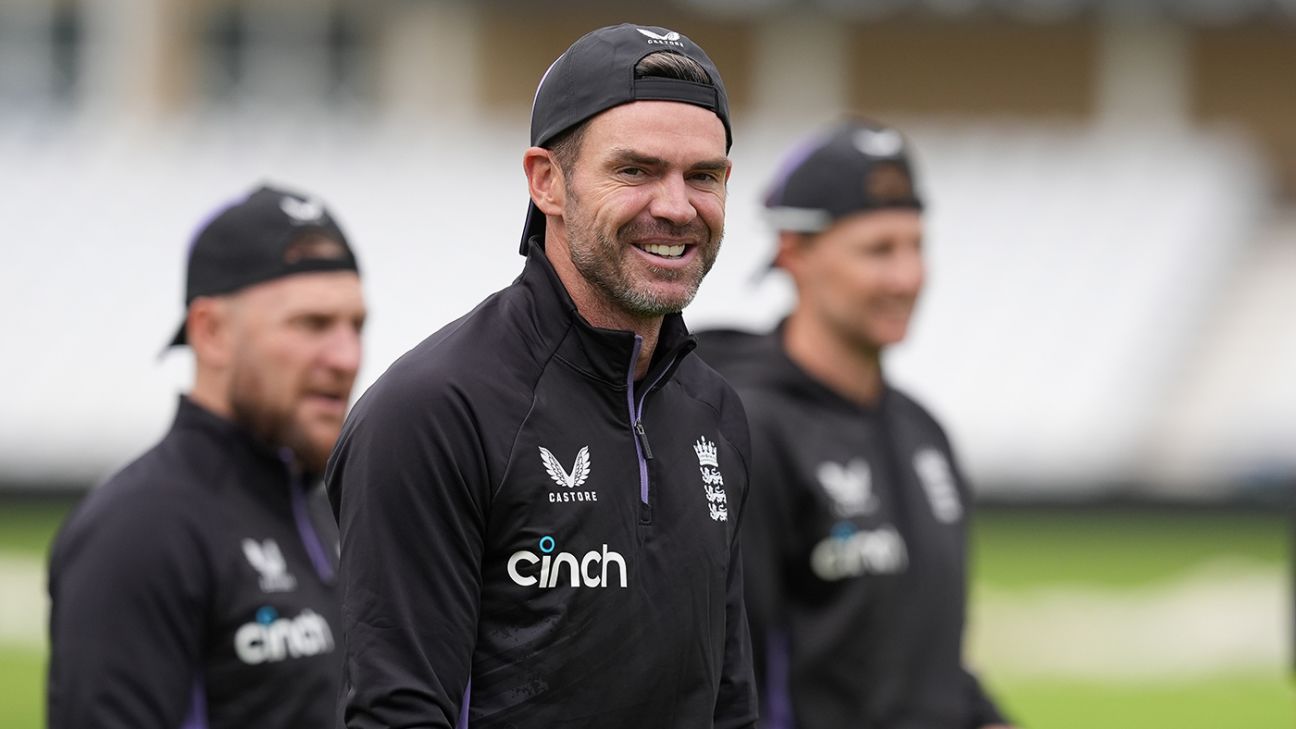England’s Fast-Bowling Stocks on the Rise Ahead of Ashes Tour
England’s fast-bowling stocks are on the rise, according to James Anderson, who believes the team is developing a “battery” of quicks ahead of next winter’s Ashes tour.
Anderson, who has been working as England’s fast-bowling coach since his retirement in July, has been impressed by the emergence of a new generation of seam bowlers.
“The list is not endless, but it feels like it is growing and growing,” Anderson said. “We’ve got the likes of Woody and Jofra [to come back in] but also Olly Stone and Josh Tongue. It feels like there’s loads of guys coming through — Josh Hull as well, who we think has got a good future.”
Anderson’s comments come after a promising start to the Test series in Pakistan, where Gus Atkinson has taken 38 wickets at 21.86 in his first seven Tests. Brydon Carse also impressed on debut in Multan last week with his speed, skill, and stamina.
“Atkinson seems to rise to every challenge that’s put in front of him,” Anderson said. “Brydon was outstanding… To bowl 90mph in that heat, pretty consistently, was an amazing effort. He was accurate, he bowled good short stuff when we needed him to do that, and he bowls wicket-taking balls – and that’s what we’re after, as a bowling group.”
England are missing Mark Wood in Pakistan due to his elbow injury, while they still hope that Jofra Archer might return to Test cricket next year after a three-year absence.
“We’ve got a lot of options there,” Anderson said. “It is really exciting for an England group at the minute, thinking of what we have ahead with India next summer, then Australia, and then going forward over the next three years.”
Anderson’s involvement with England’s fast bowlers is officially as a consultant coach for their winter Test tours to Pakistan and New Zealand, with his longer-term future with the team unclear. However, he left open the possibility of extending his role further down the line, potentially including next winter’s Ashes tour.
“I’m really enjoying it,” Anderson said. “We have an amazing coaching group who have been really helpful. I’ve not officially done this job before, but I feel like it’s not far off where I was for the last few years of my career: trying to be there for bowlers, help them as much as possible, come up with ideas when we’re in the field. It’s been great… so far, so good.”









